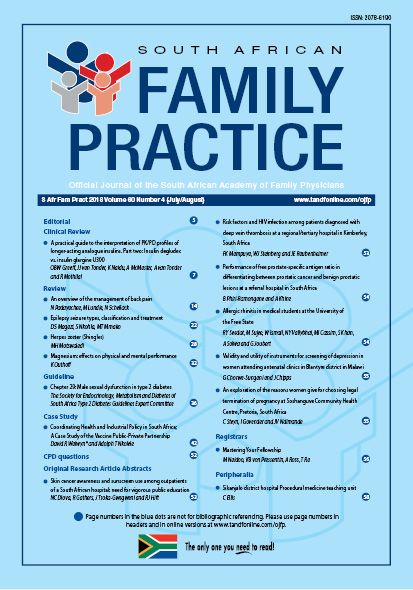Herpes Zoster (Shingles)
Keywords:
Herpes zoster, Shingles
Abstract
Herpes zoster or Shingles is caused by varicella-zoster virus (VZV), the same virus that causes chicken-pox (varicella). Primary infection with varicella-zoster virus causes chicken-pox (varicella), then the virus persists in nerve ganglia of sensory but rarely motor nerves, in a latent stage. If the virus gets reactivated it causes herpes zoster, which presents as painful vesicles following a dermatome. It is more common in the elderly and the immunocompromised. Herpes zoster is a common skin and mucous membrane disease caused by reactivation of latent varicella zoster virus, which had lodged previously in nerve ganglia. Trigeminal nerve nuclei and thoracic spinal ganglia are the most commonly affected. Reactivation of latent varicella-zoster virus can be triggered by old age, that is why herpes zoster is common in the elderly, above 60 years of age. This is due to age related decline in specific cell mediated immune response to VZV. Other triggering factors are malignancies malnutrition, emotional stress, physical trauma, chronic diseases like diabetes mellitus and immunosuppression from drugs and HIV.¹,²
Section
Review Articles
By submitting manuscripts to SAFP, authors of original articles are assigning copyright to the South African Academy of Family Physicians. Copyright of review articles are assigned to the Publisher, Medpharm Publications (Pty) Ltd, unless otherwise specified. Authors may use their own work after publication without written permission, provided they acknowledge the original source. Individuals and academic institutions may freely copy and distribute articles published in SAFP for educational and research purposes without obtaining permission.

